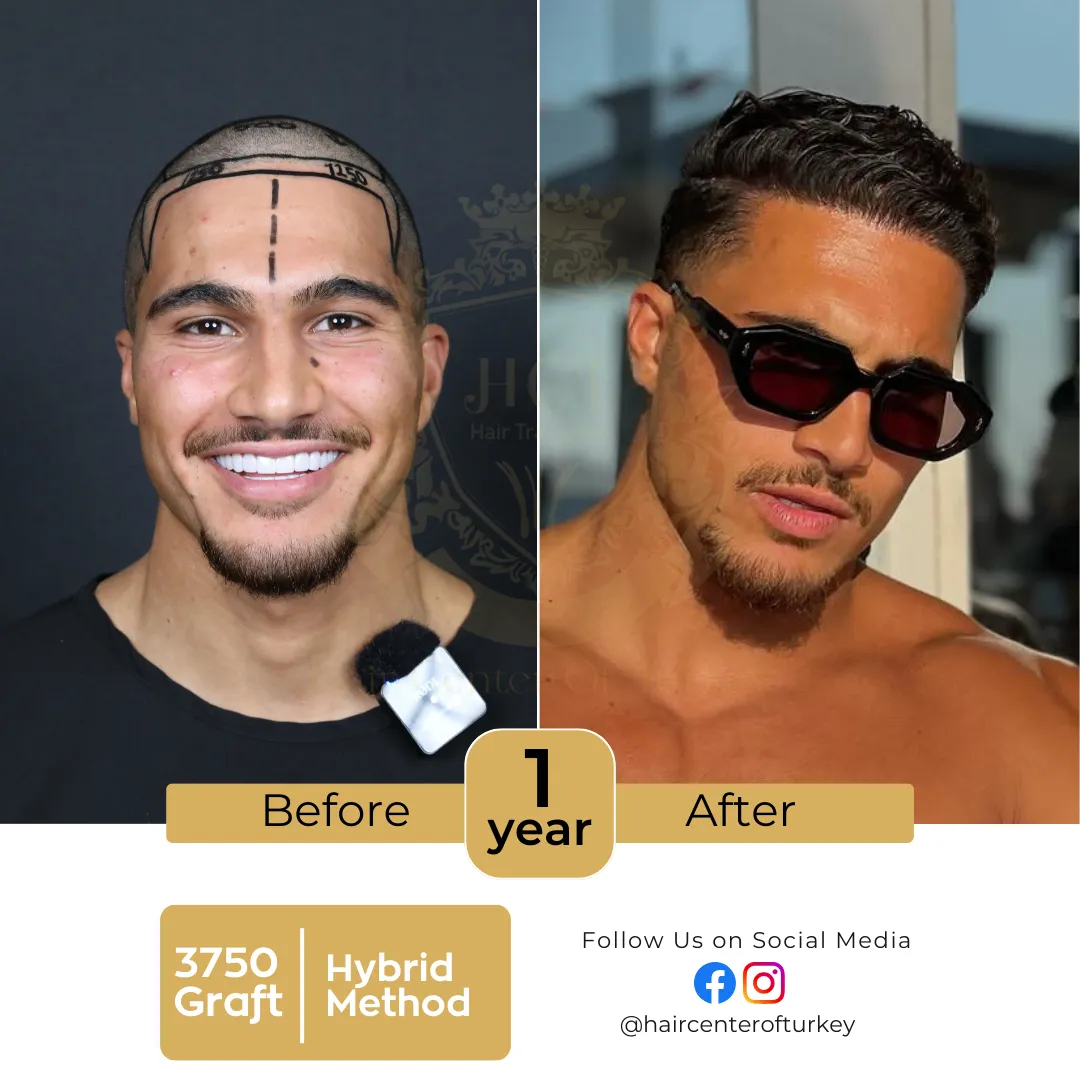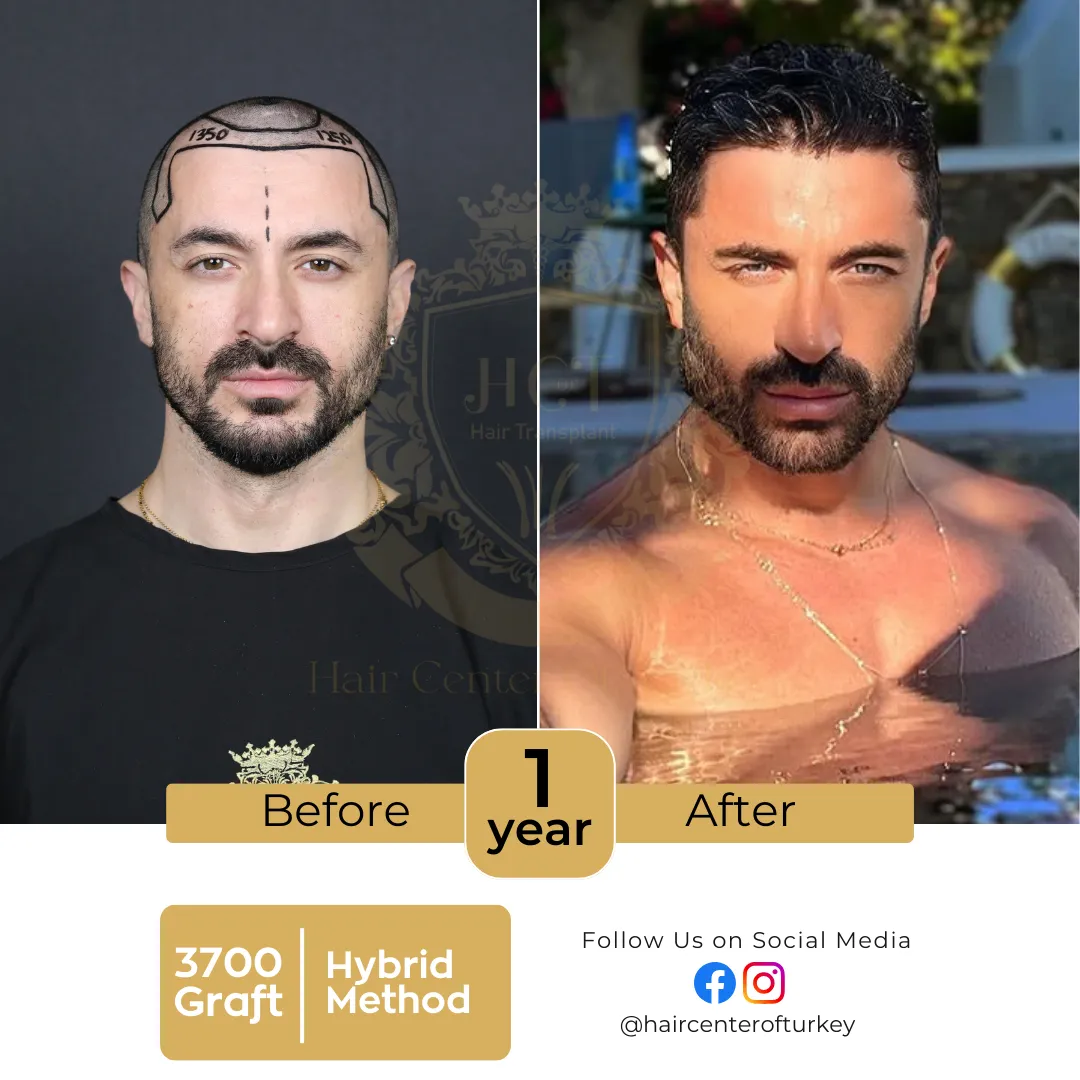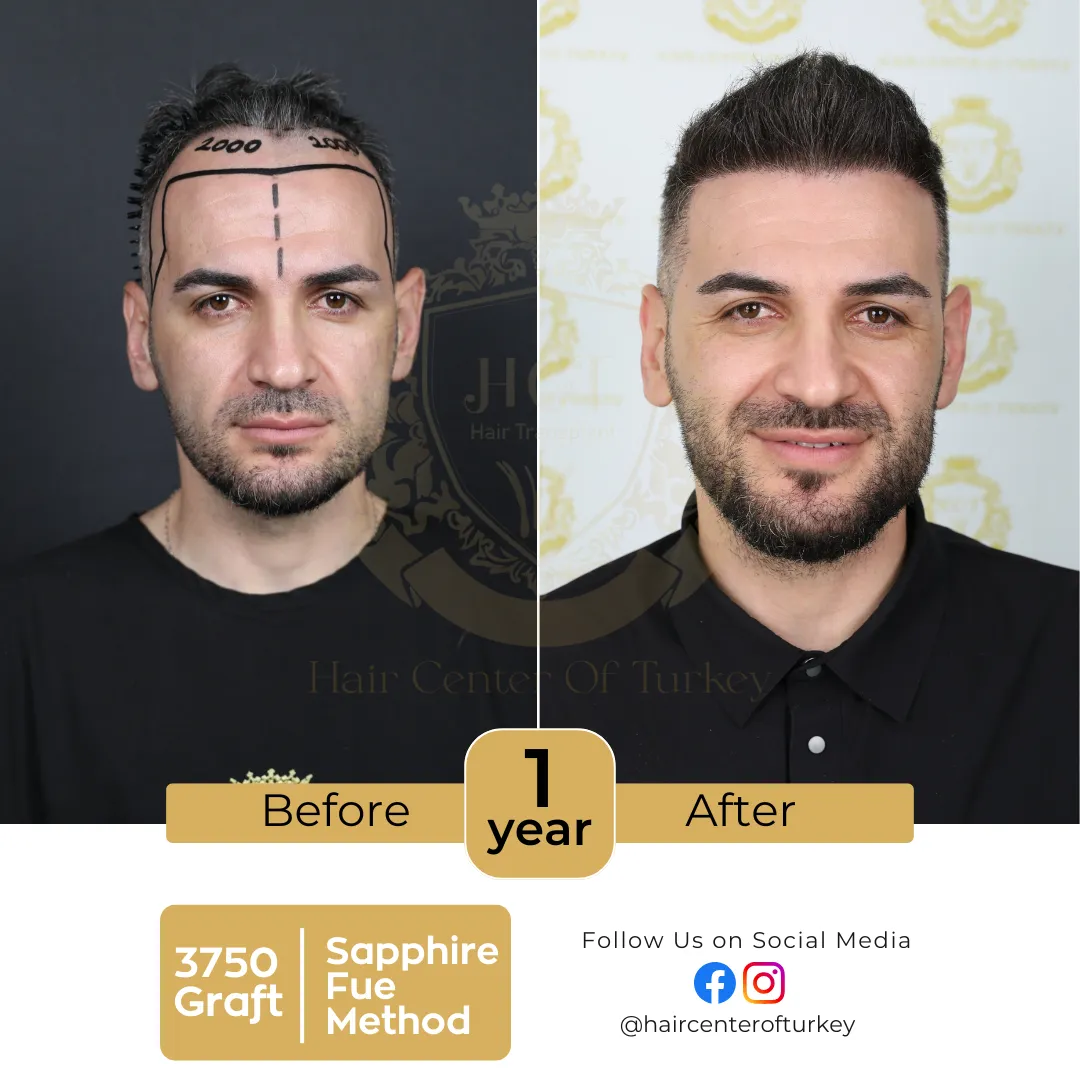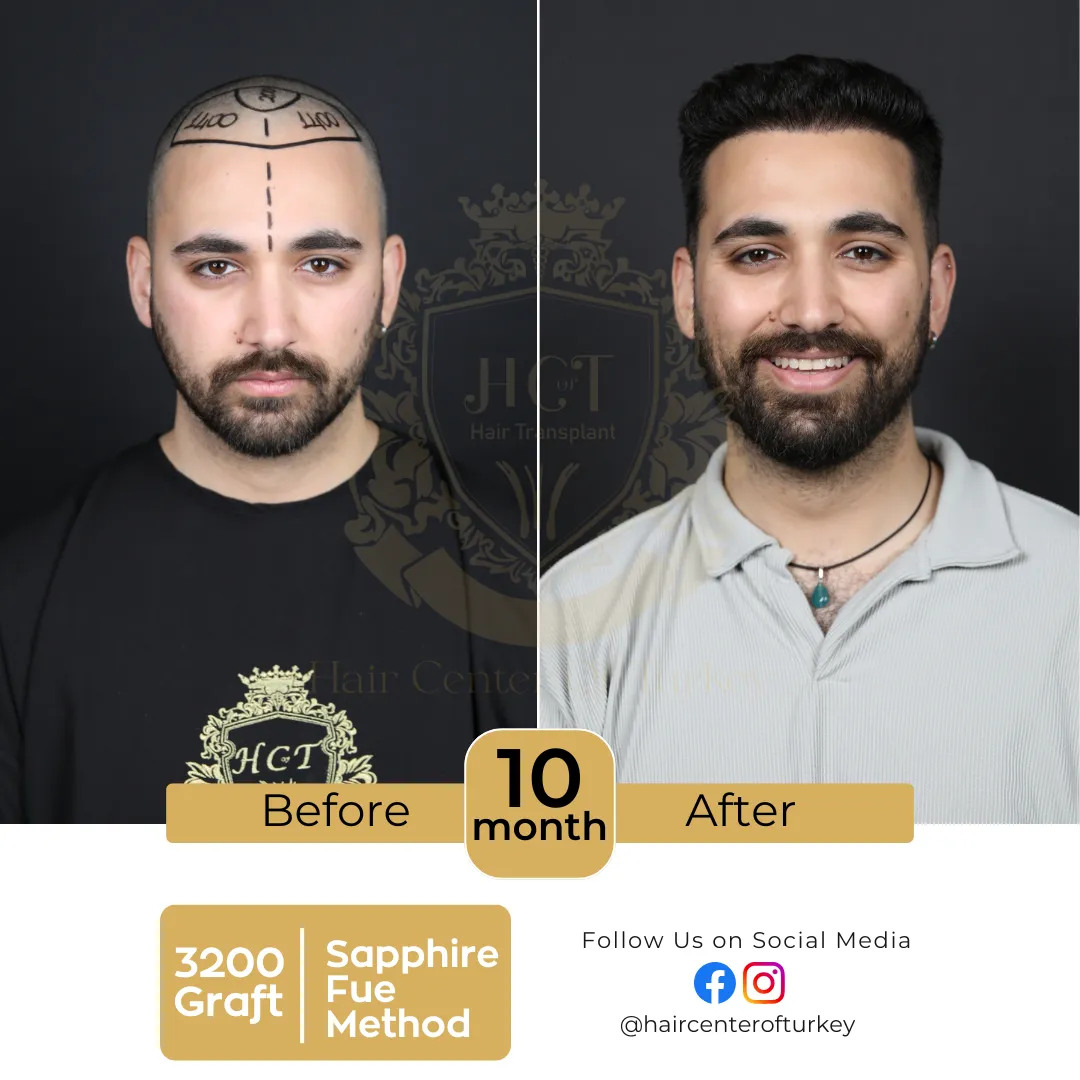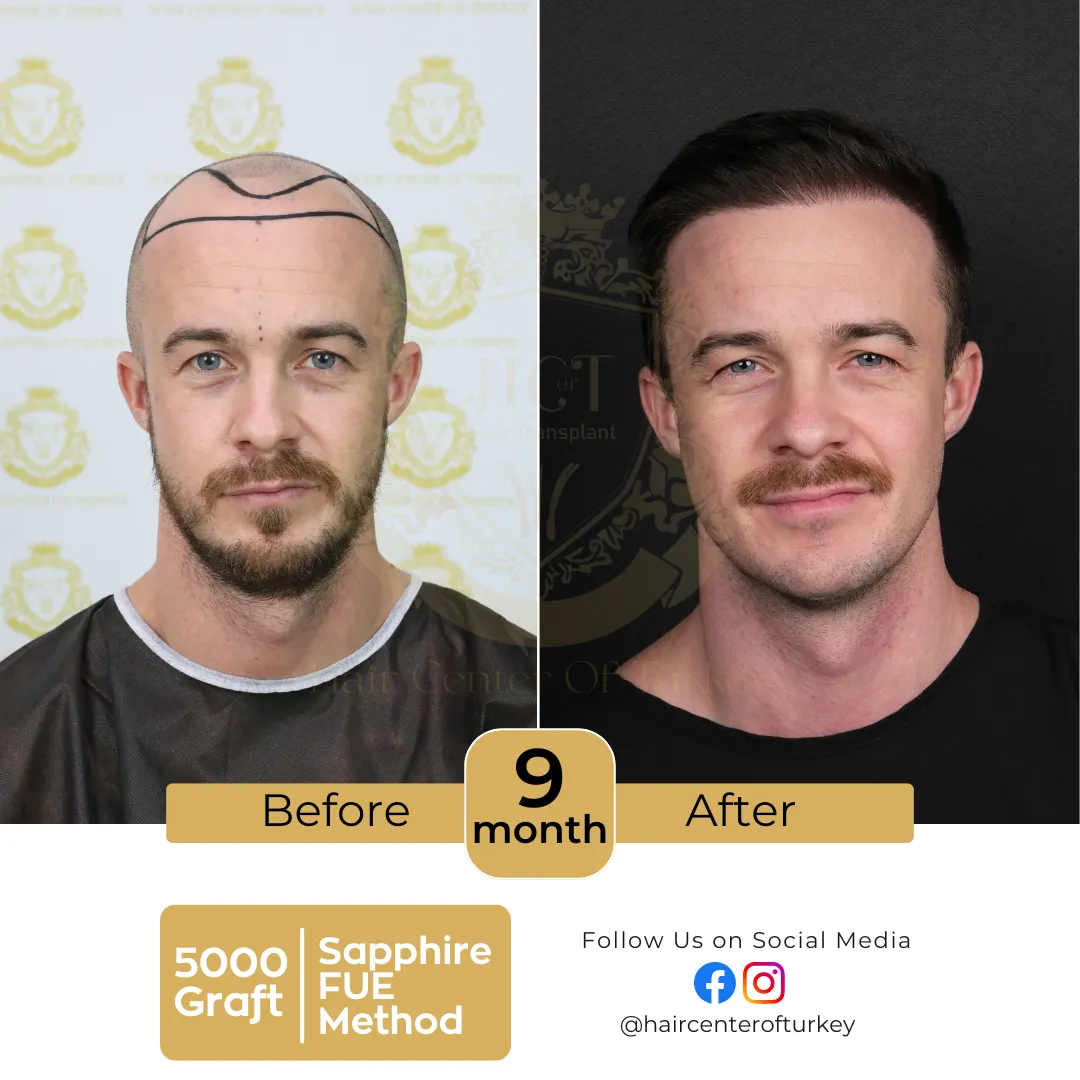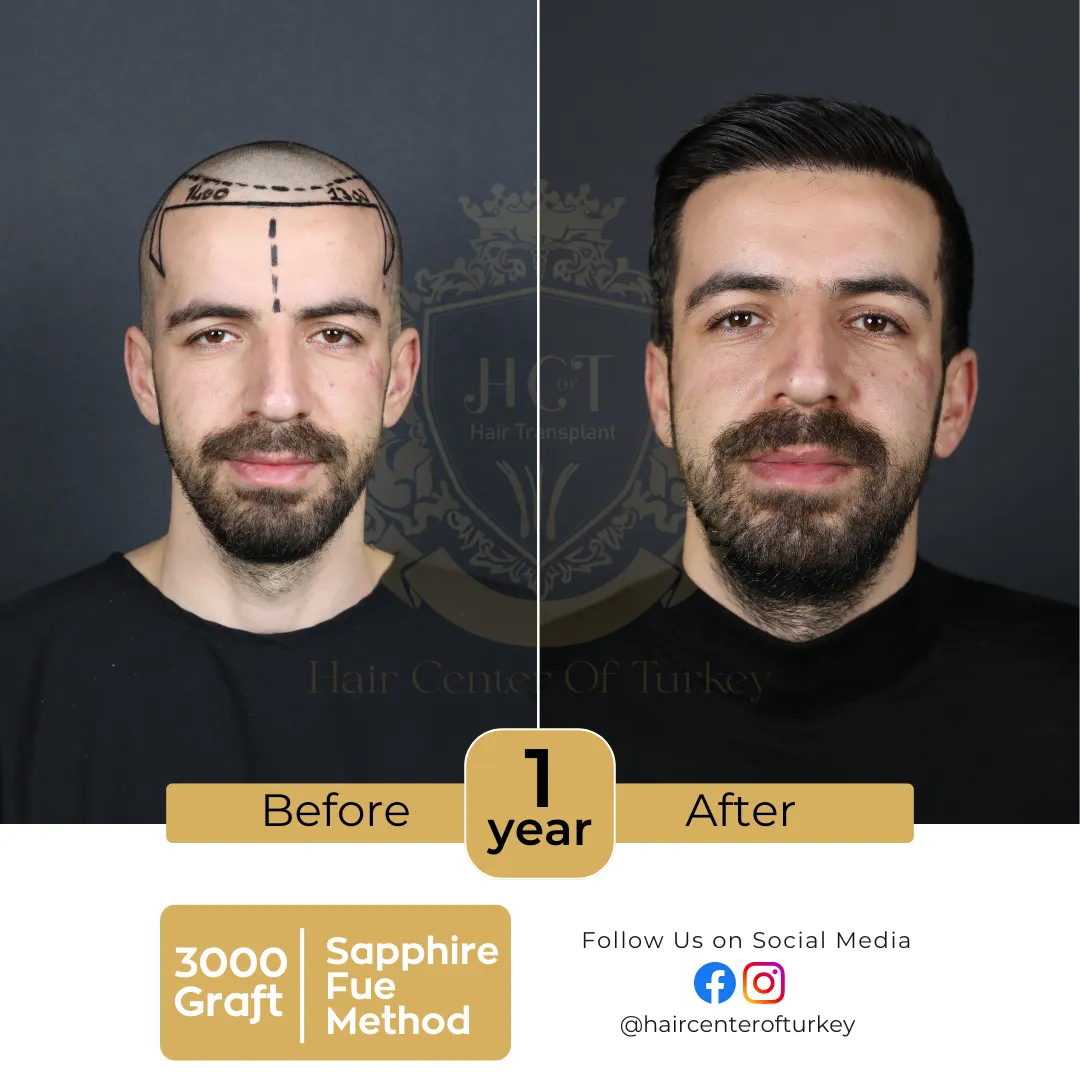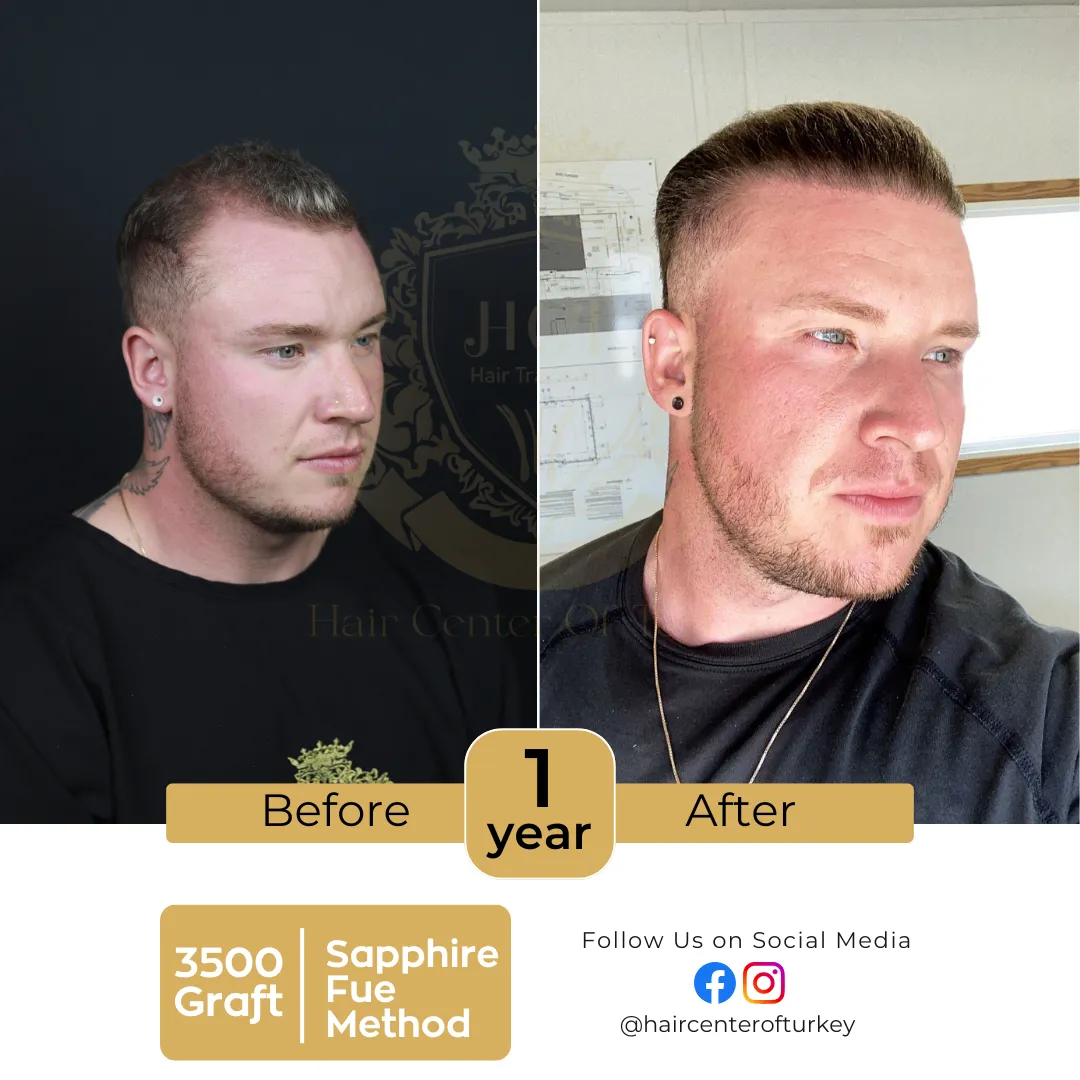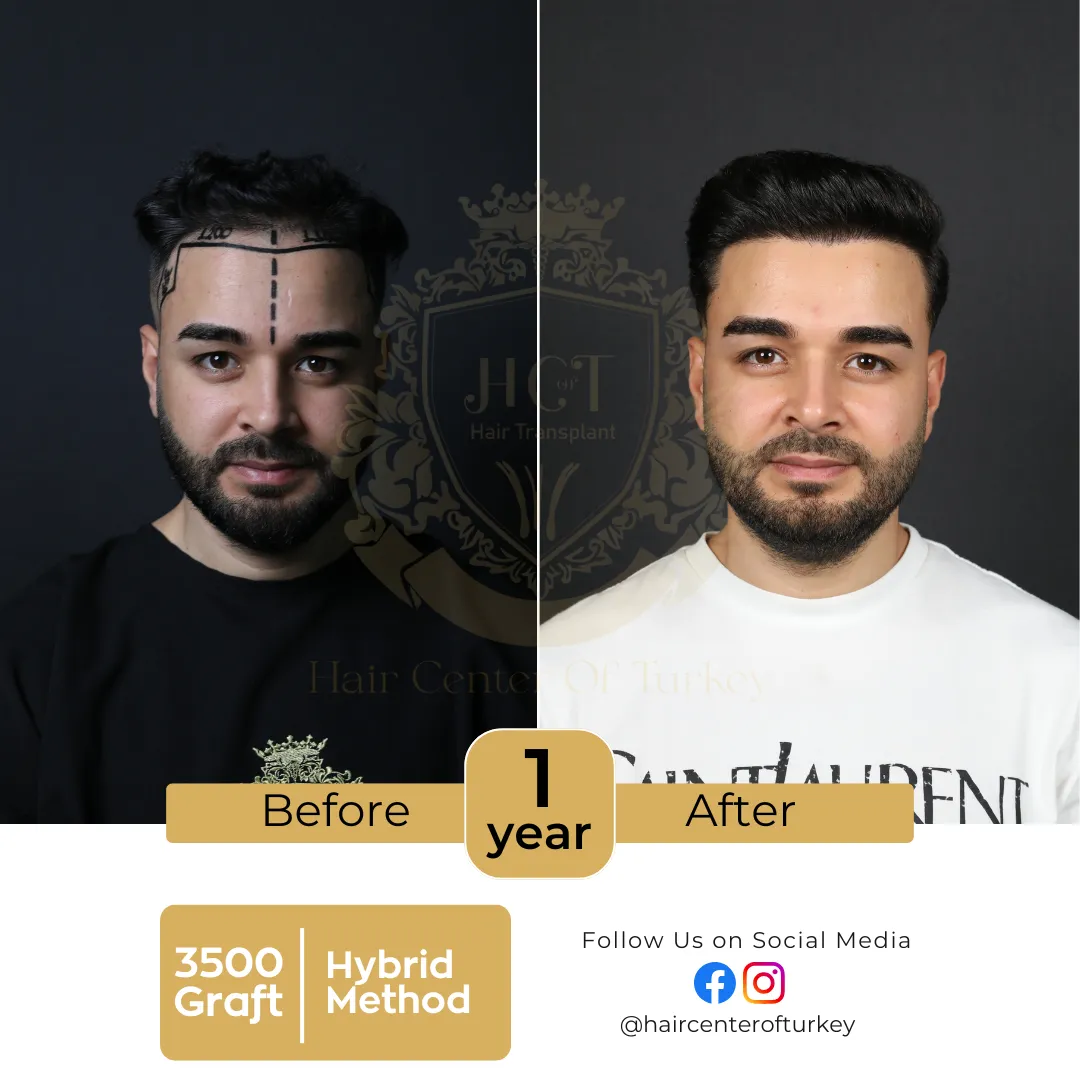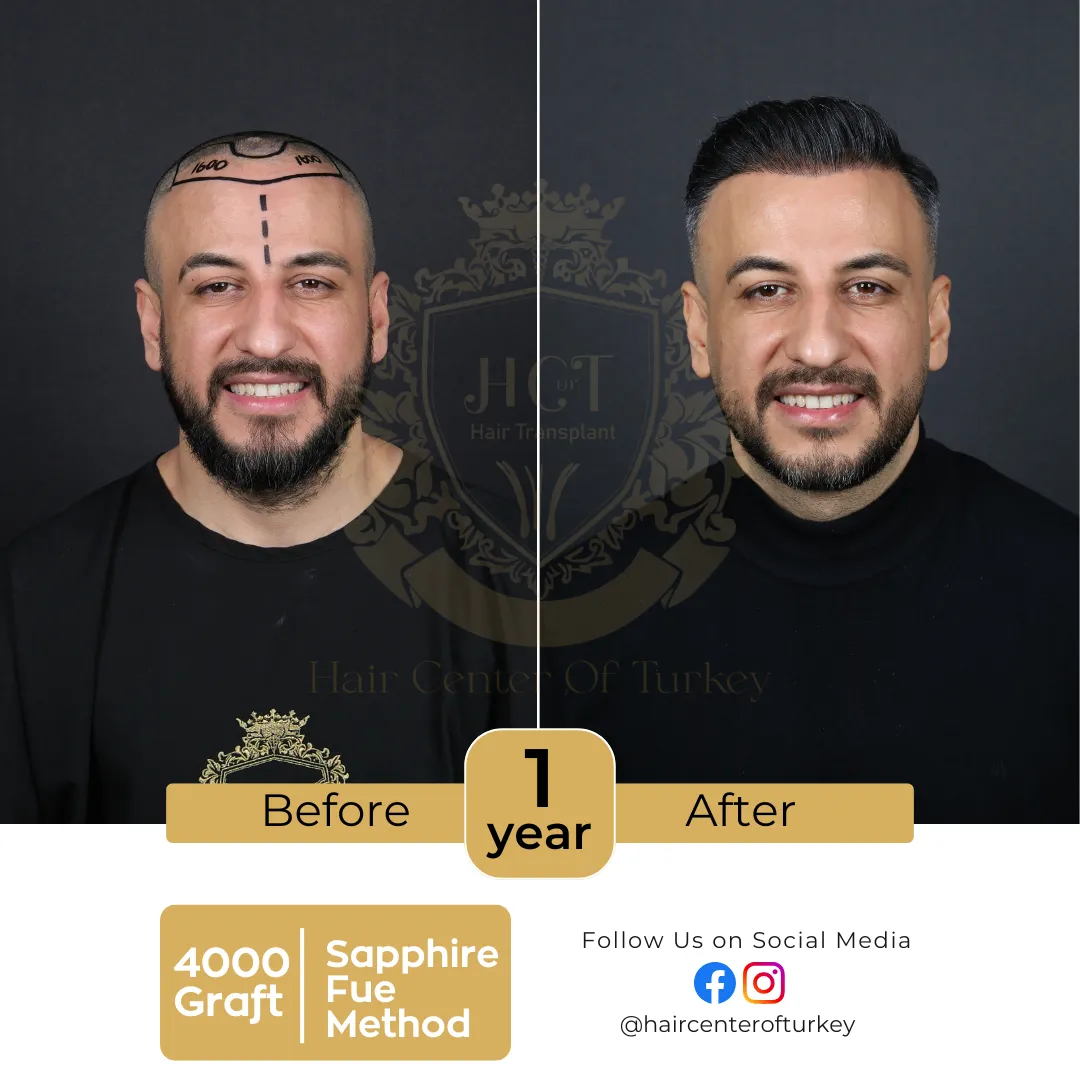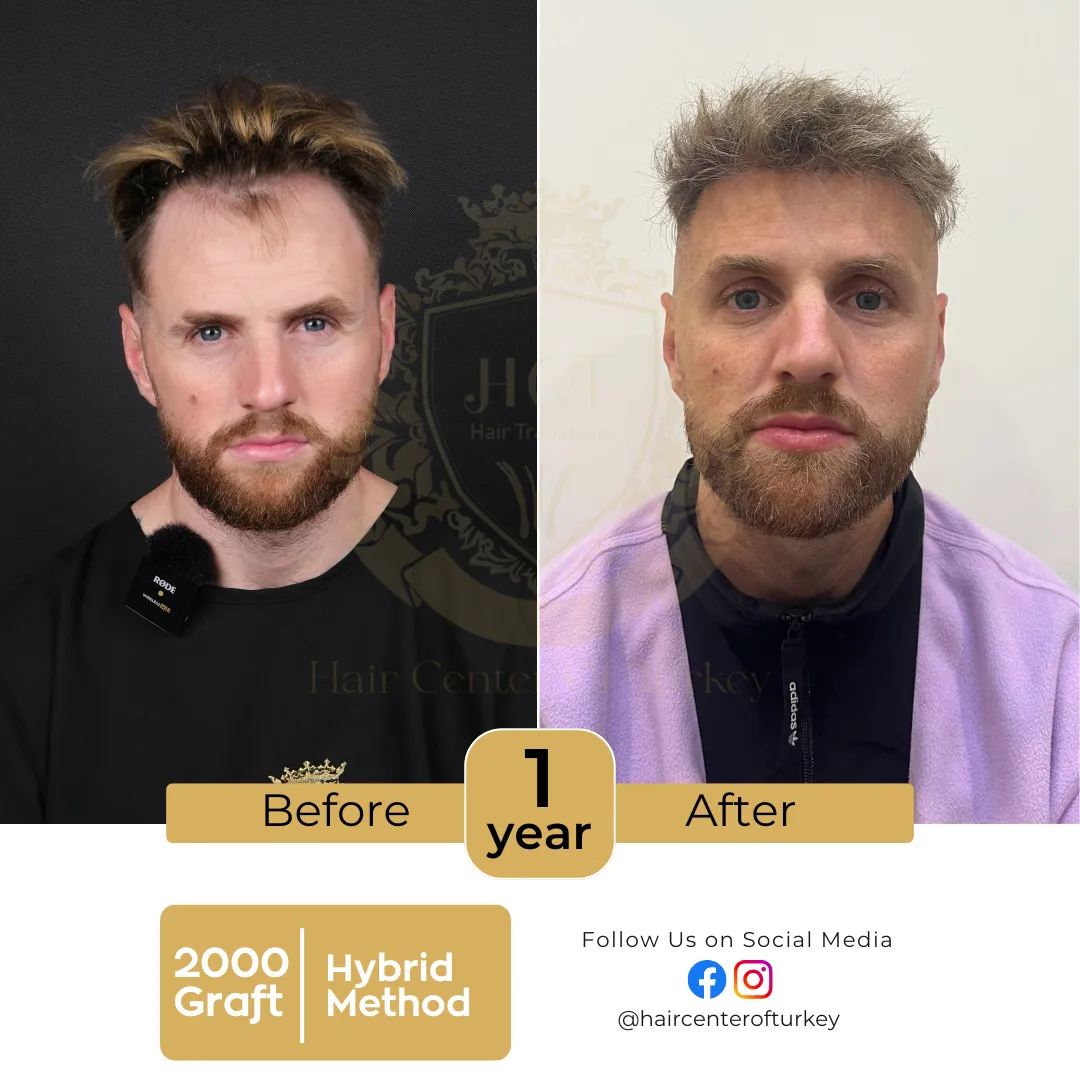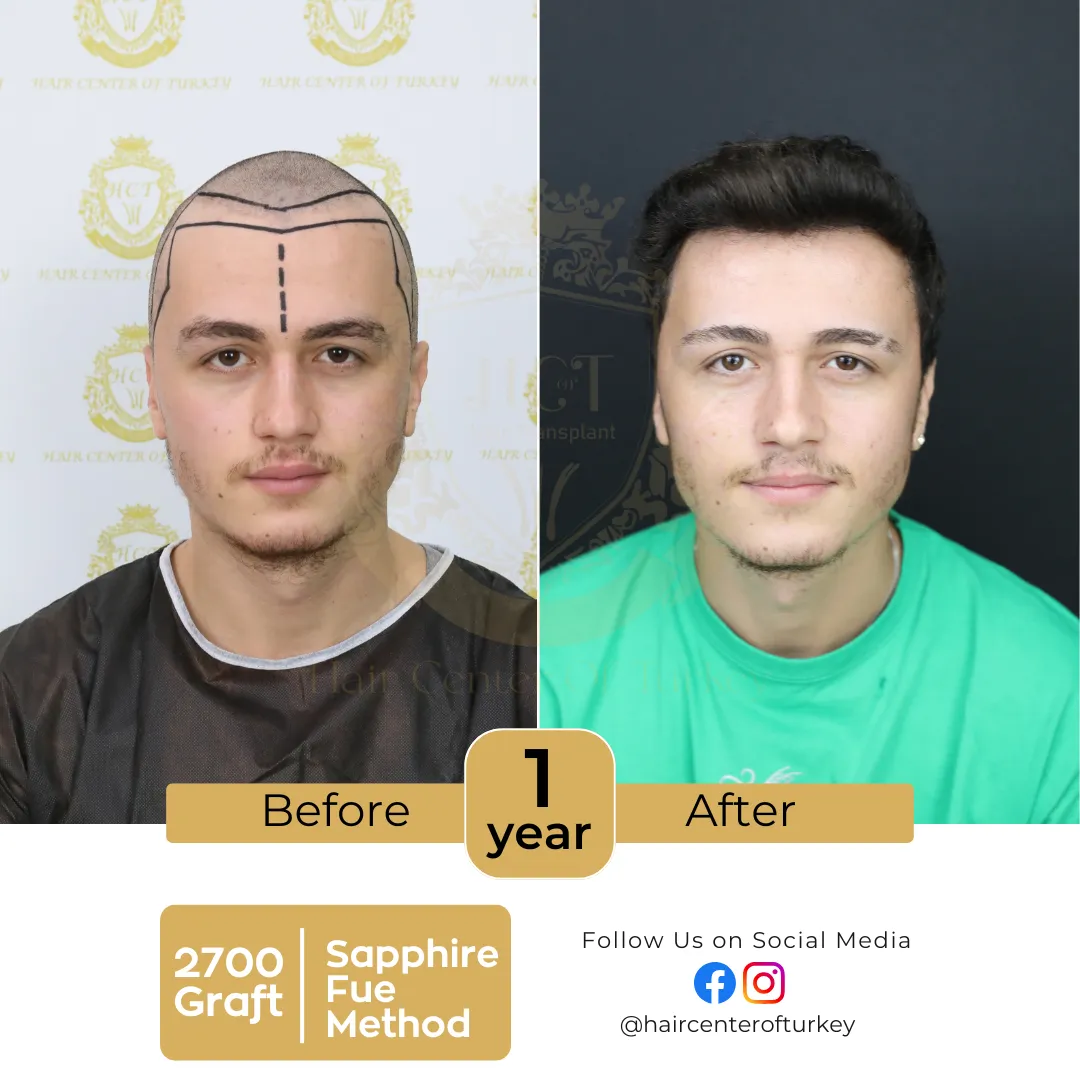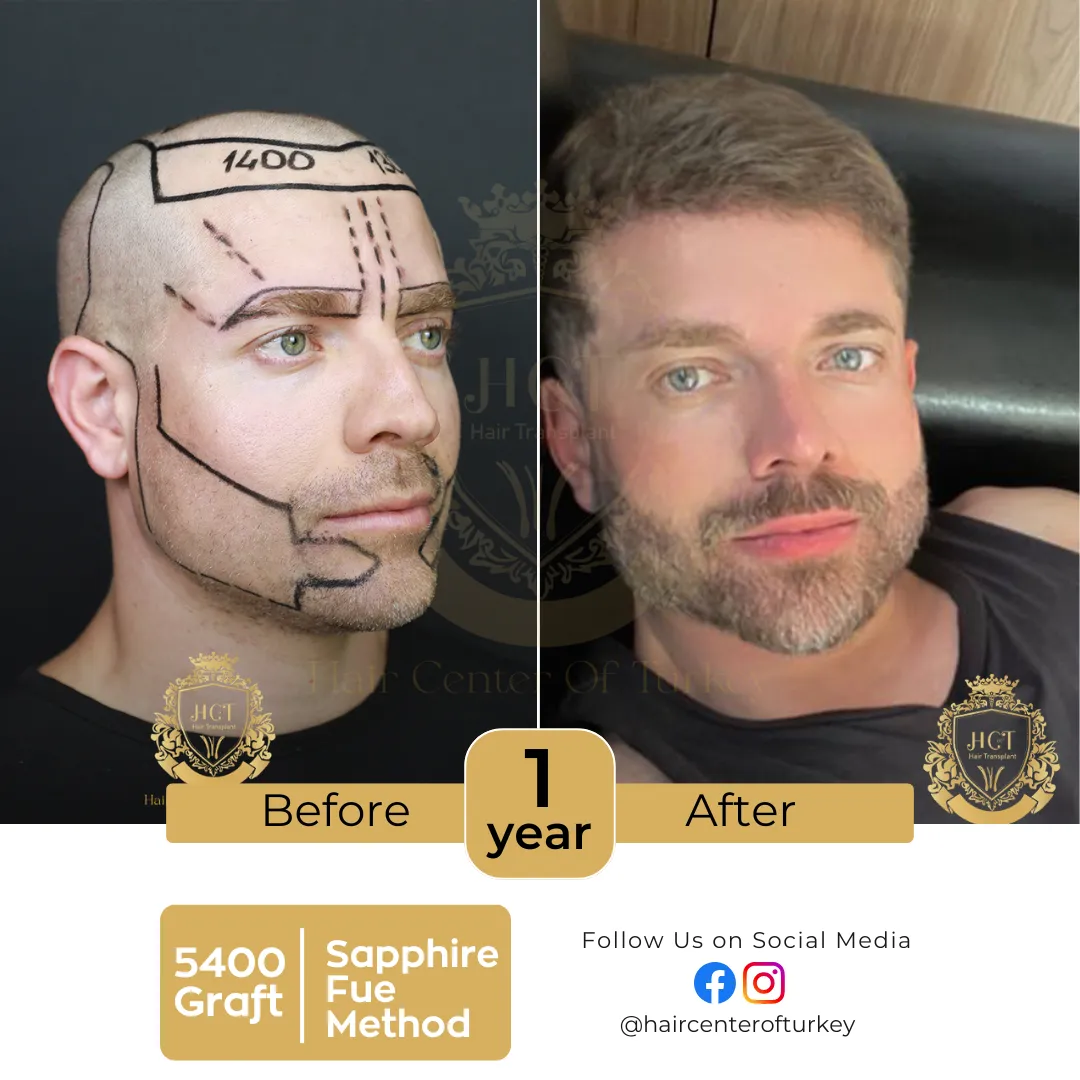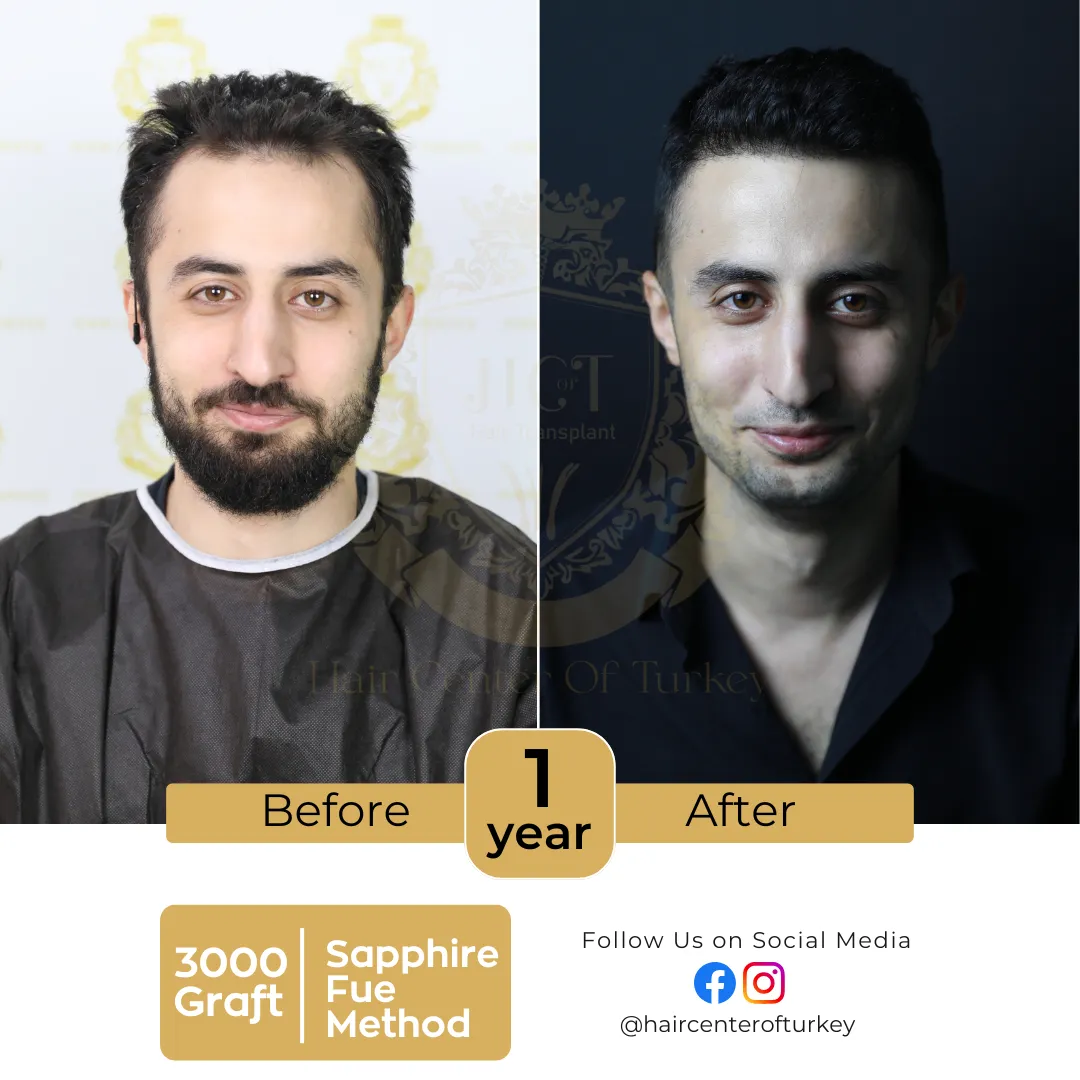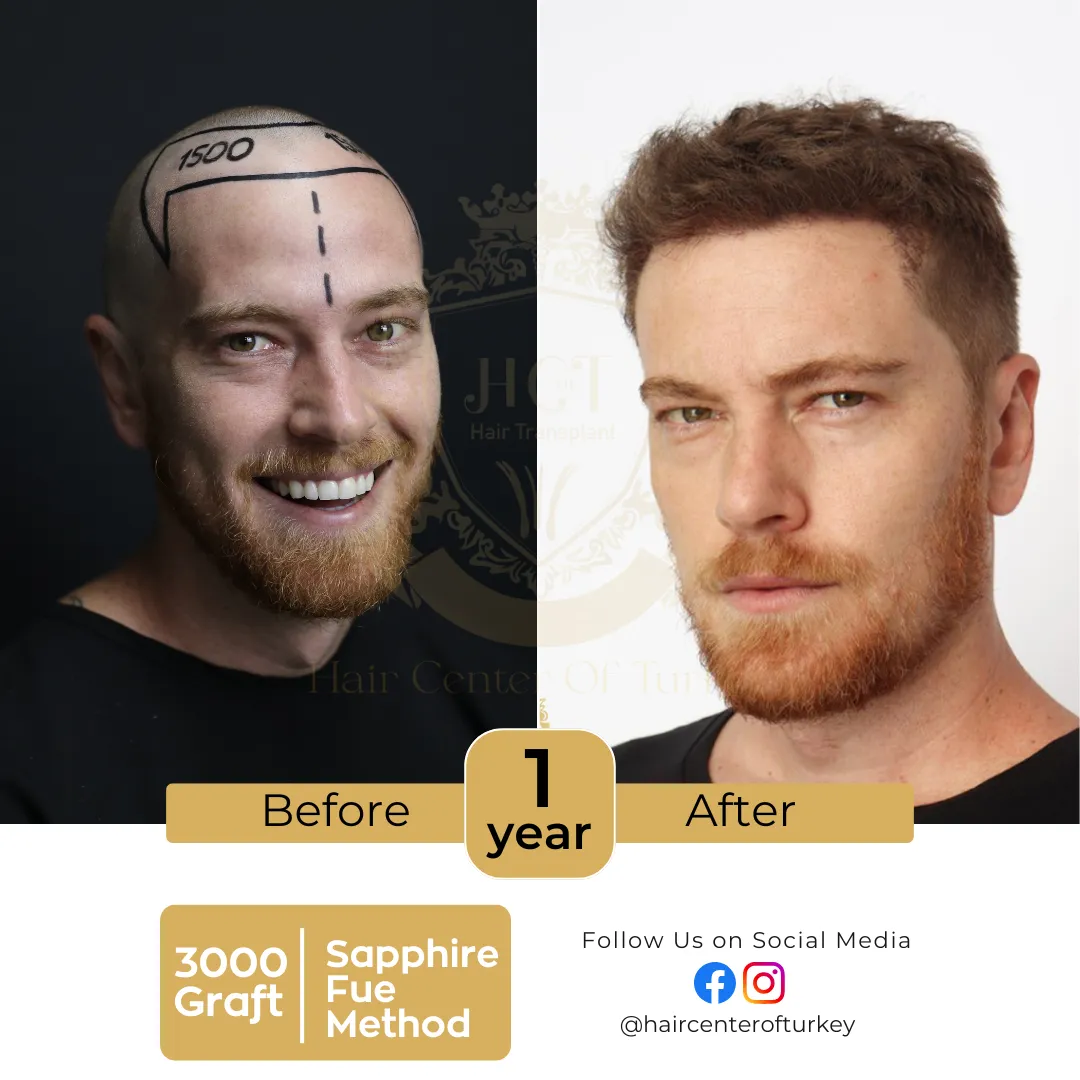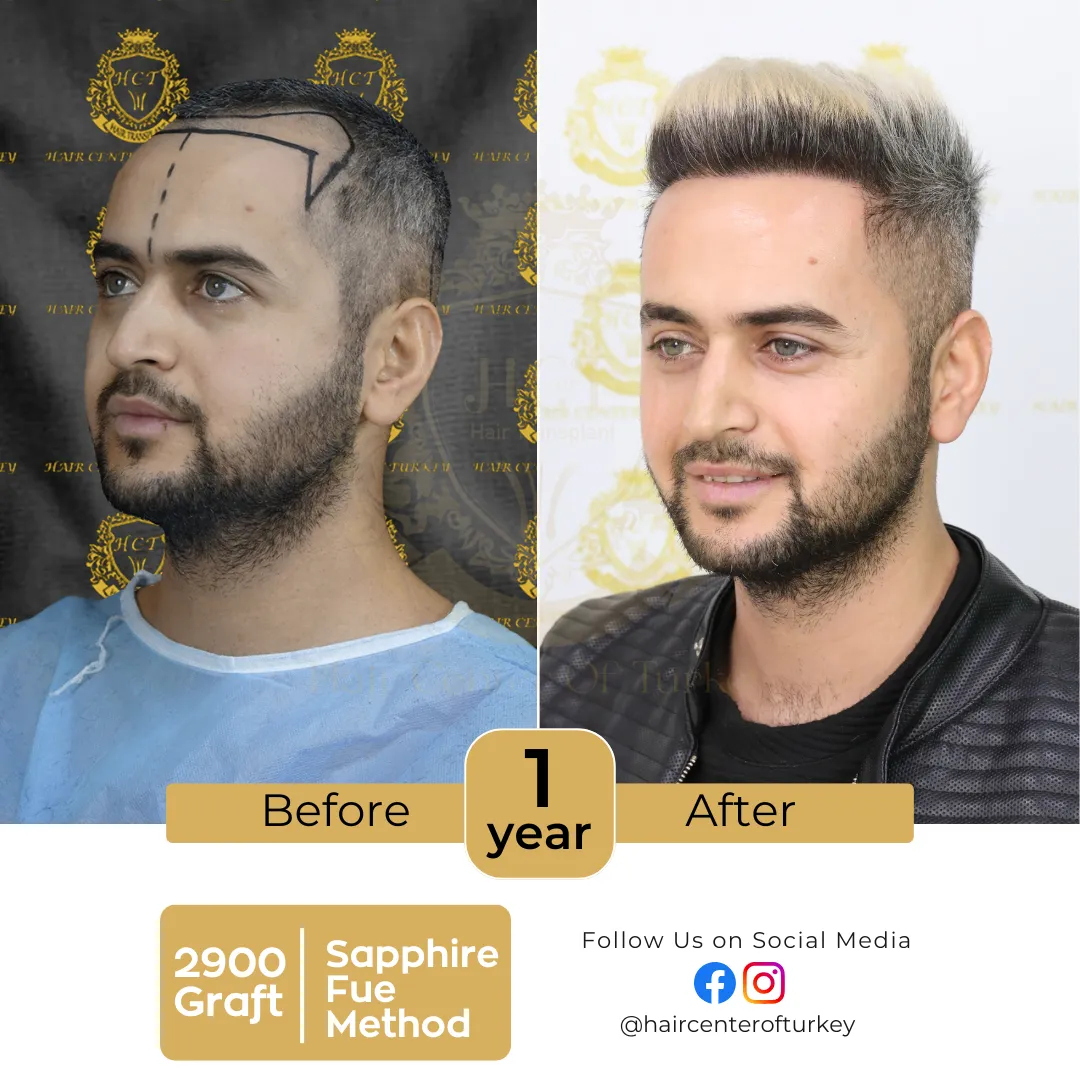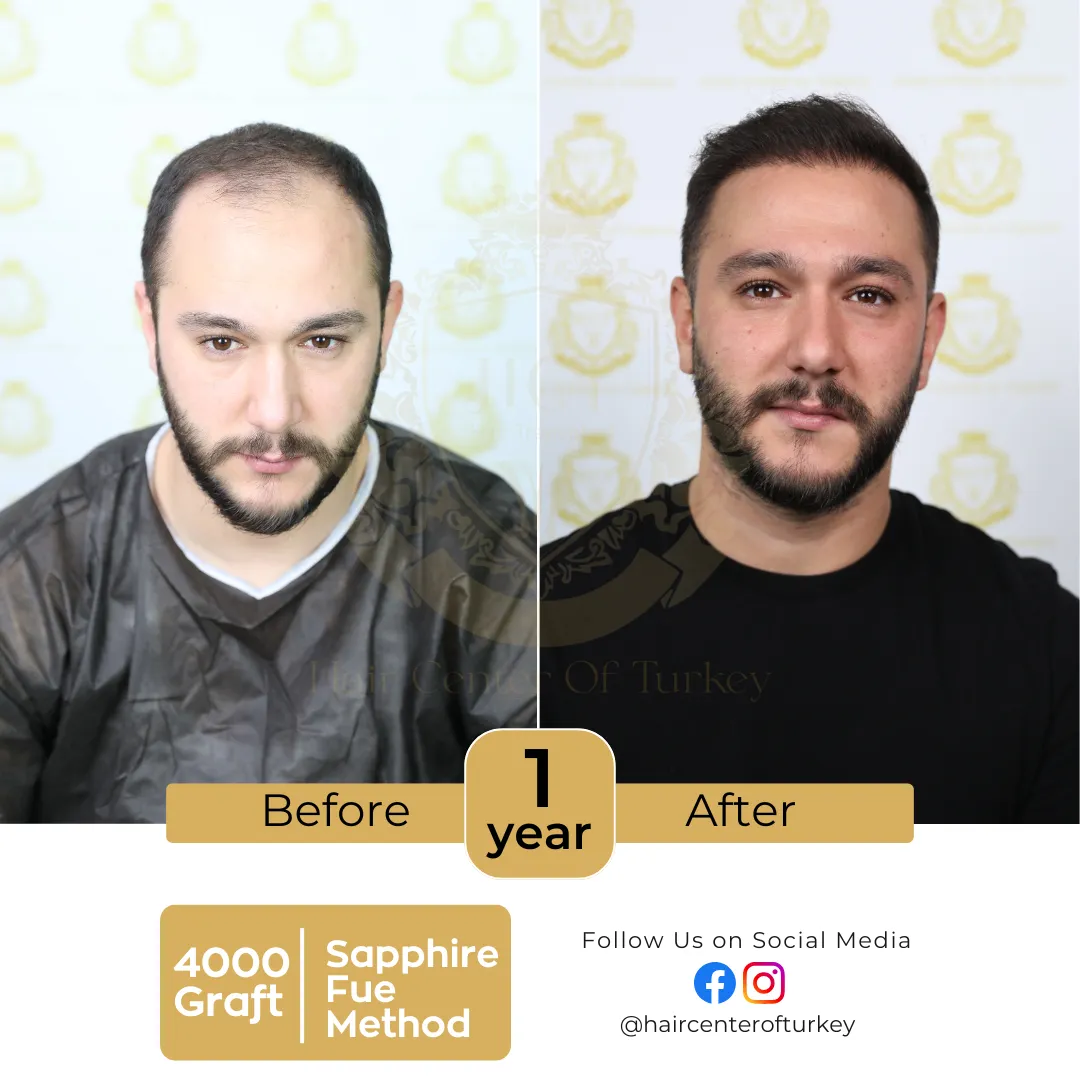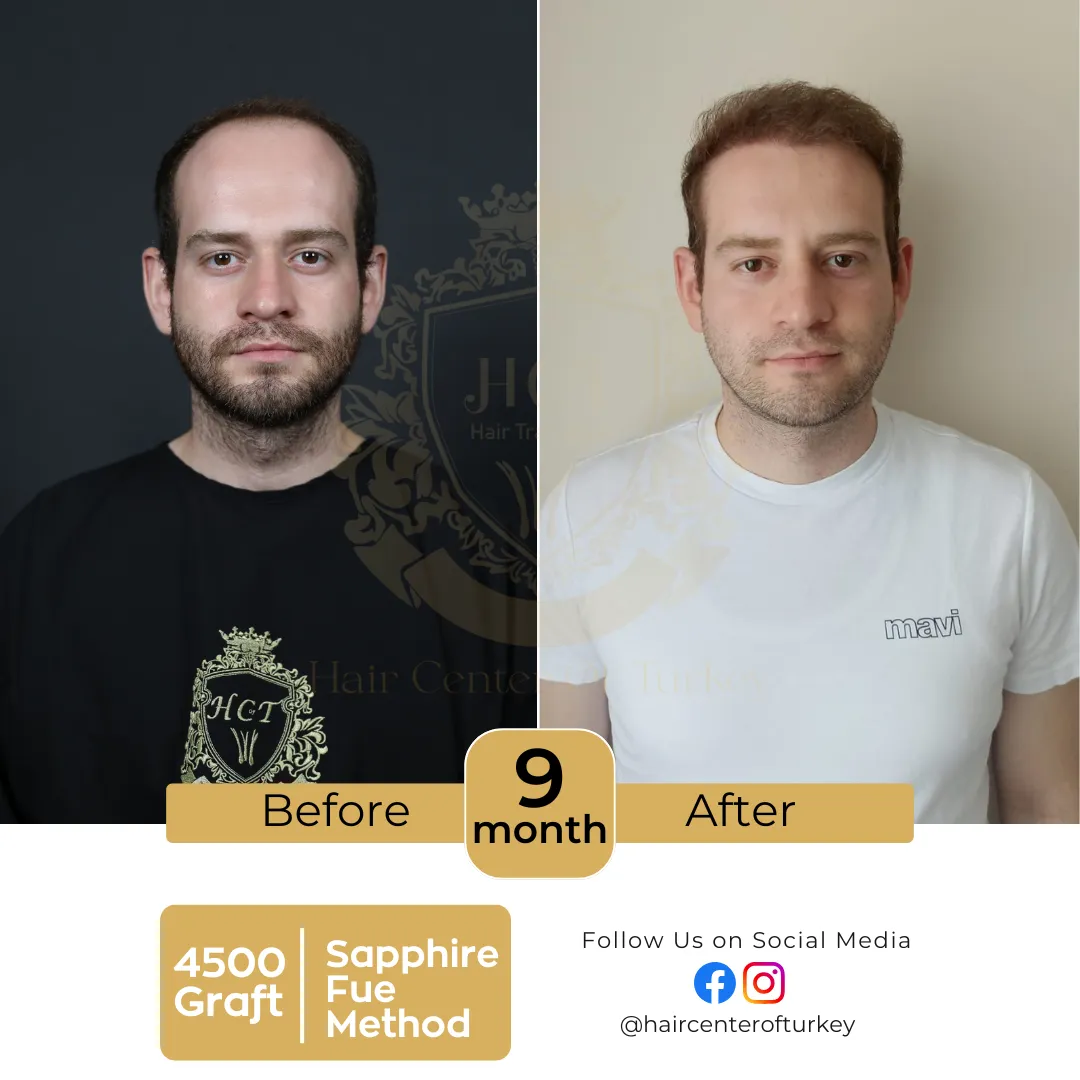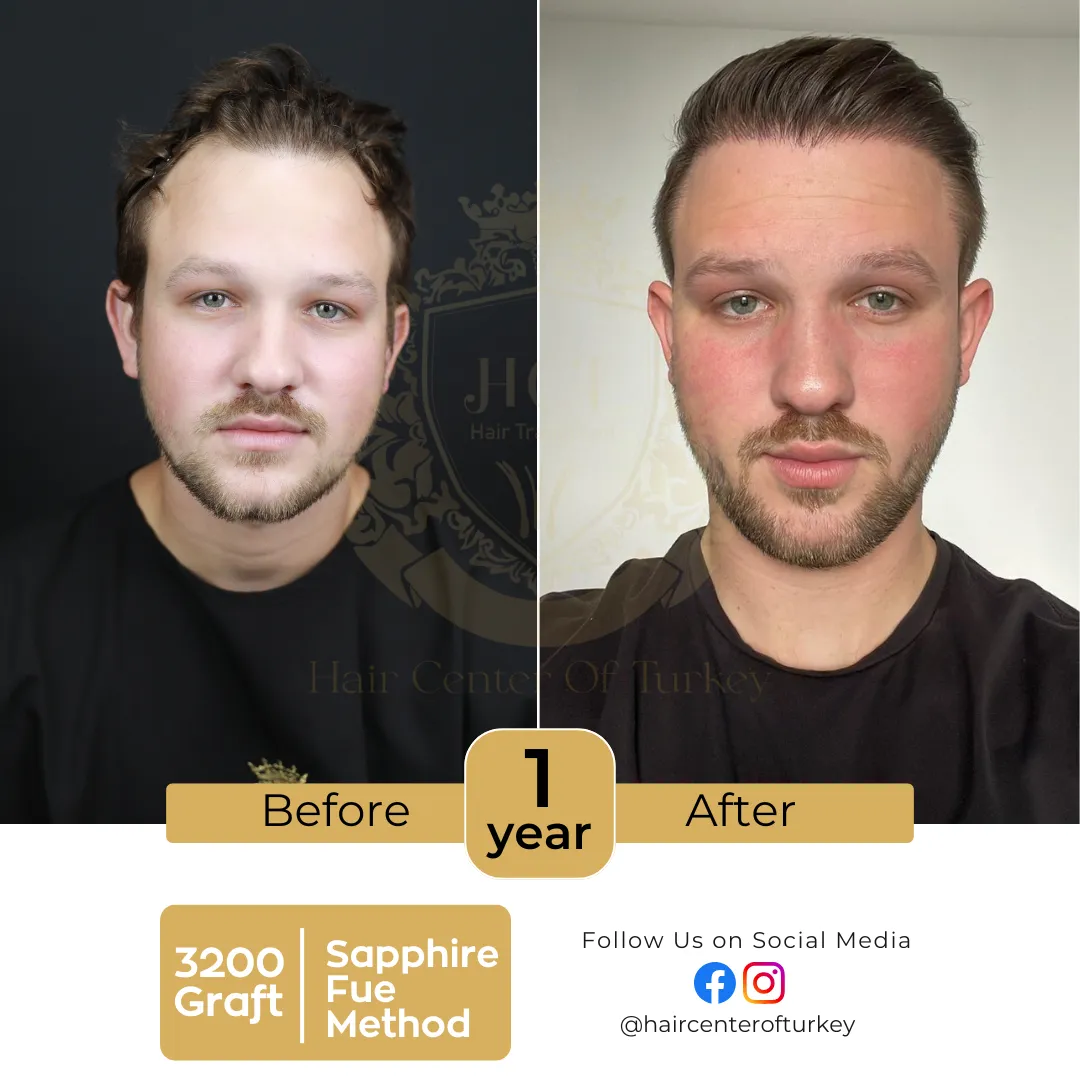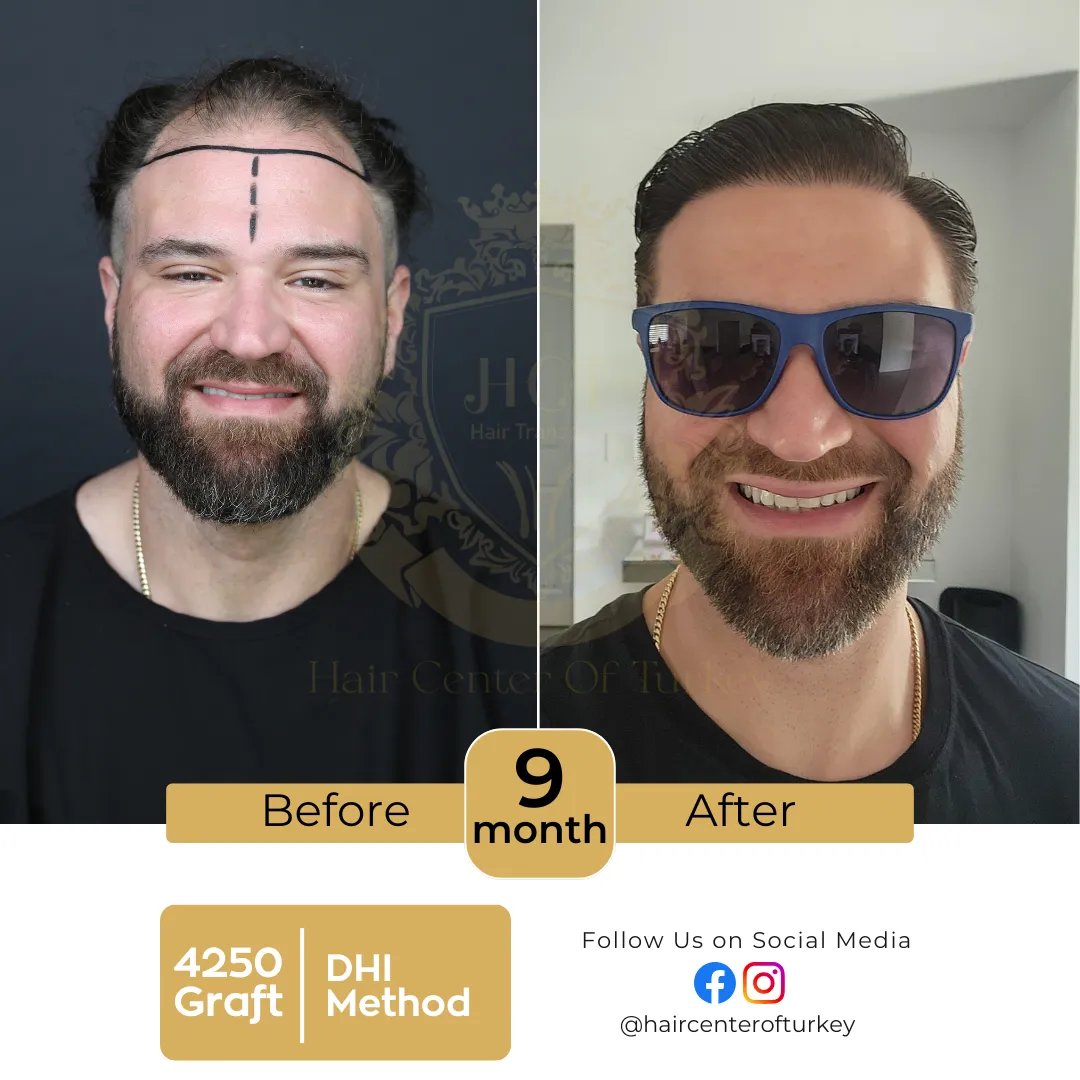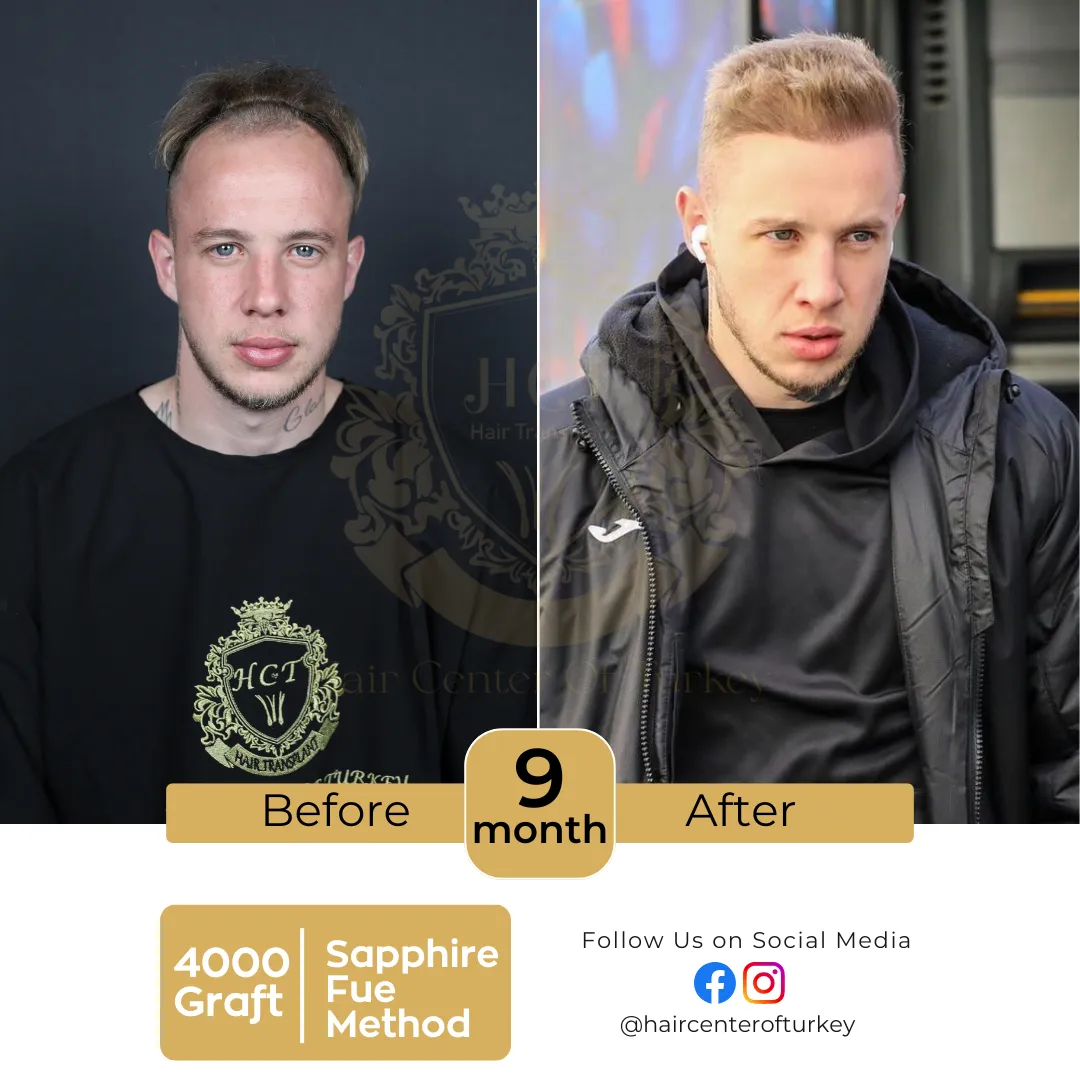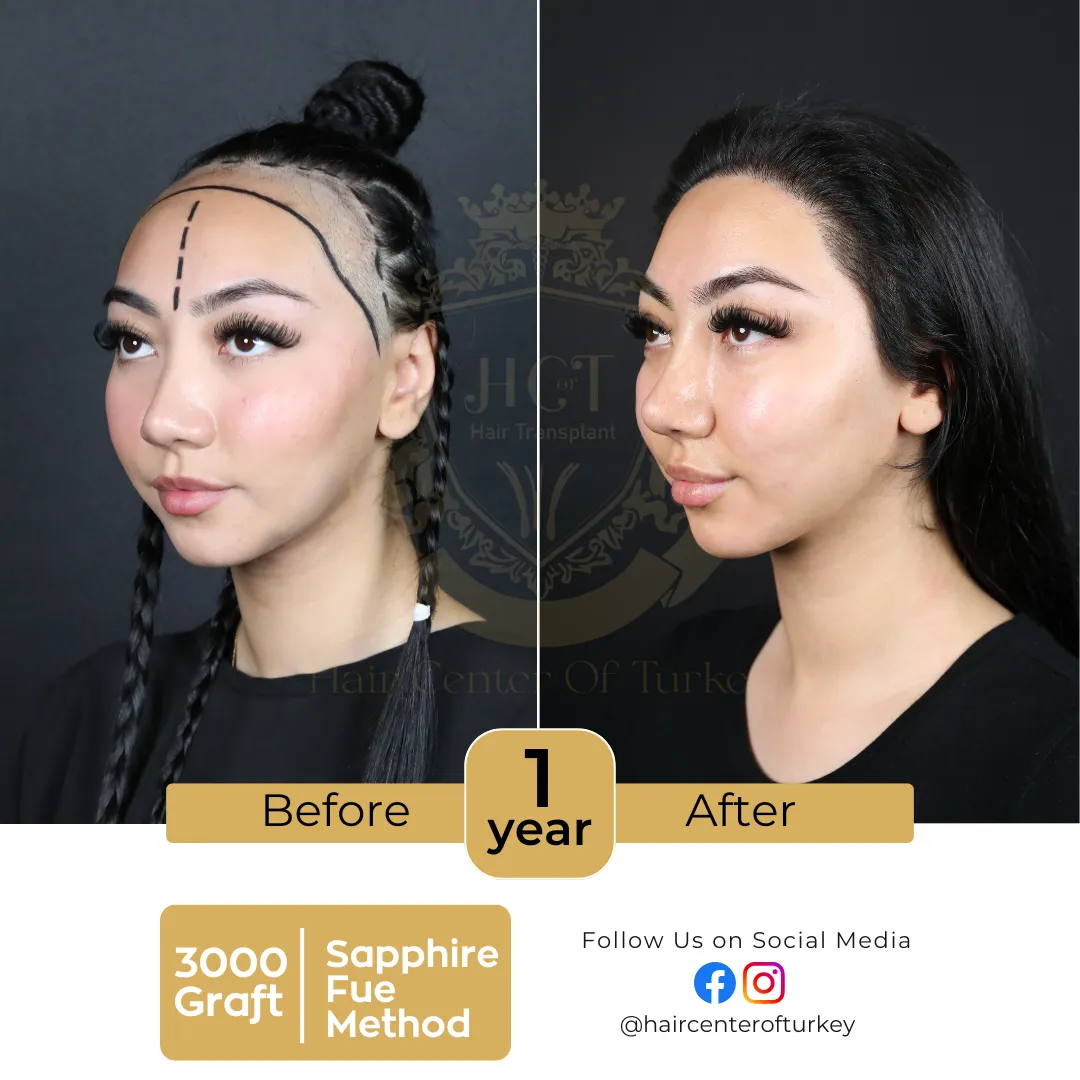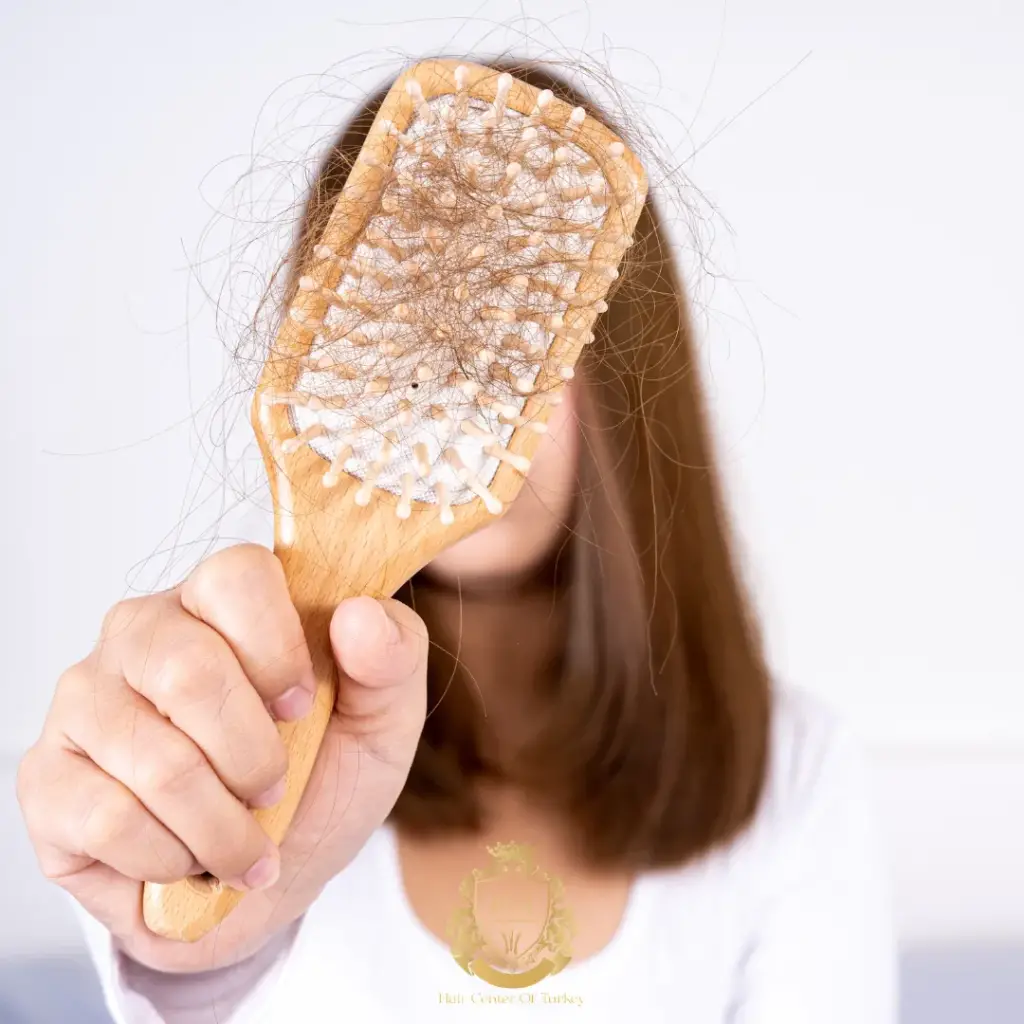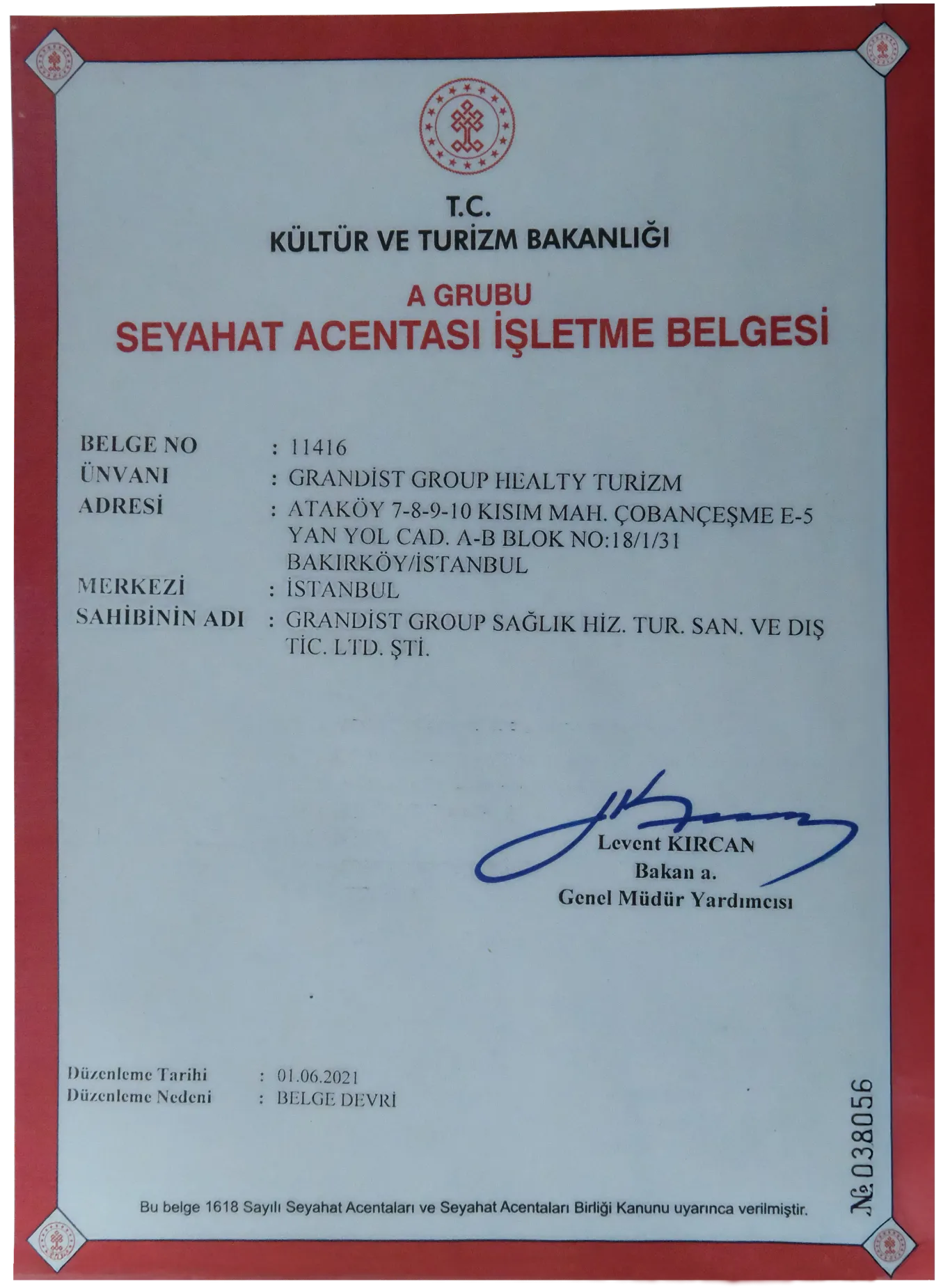What is Hair Structure and How Does It Impact Your Hairstyling?
Hair Structure
Hair plays a vital role in defining personal aesthetics and serves various biological functions. Despite its significance, few people truly understand the structure and complexity of human hair. This guide explores the intricate composition of hair, from its outer layers to its core, providing insight into its growth, maintenance, and overall health.

The Basic Composition of Hair
Hair is primarily composed of a protein called keratin, which is also found in nails and skin. Keratin provides strength and elasticity, allowing hair to endure various external stresses. Surrounding this protein structure are lipids and water, which contribute to its flexibility and shine. These elements work together to form the resilient strands we see and style every day.
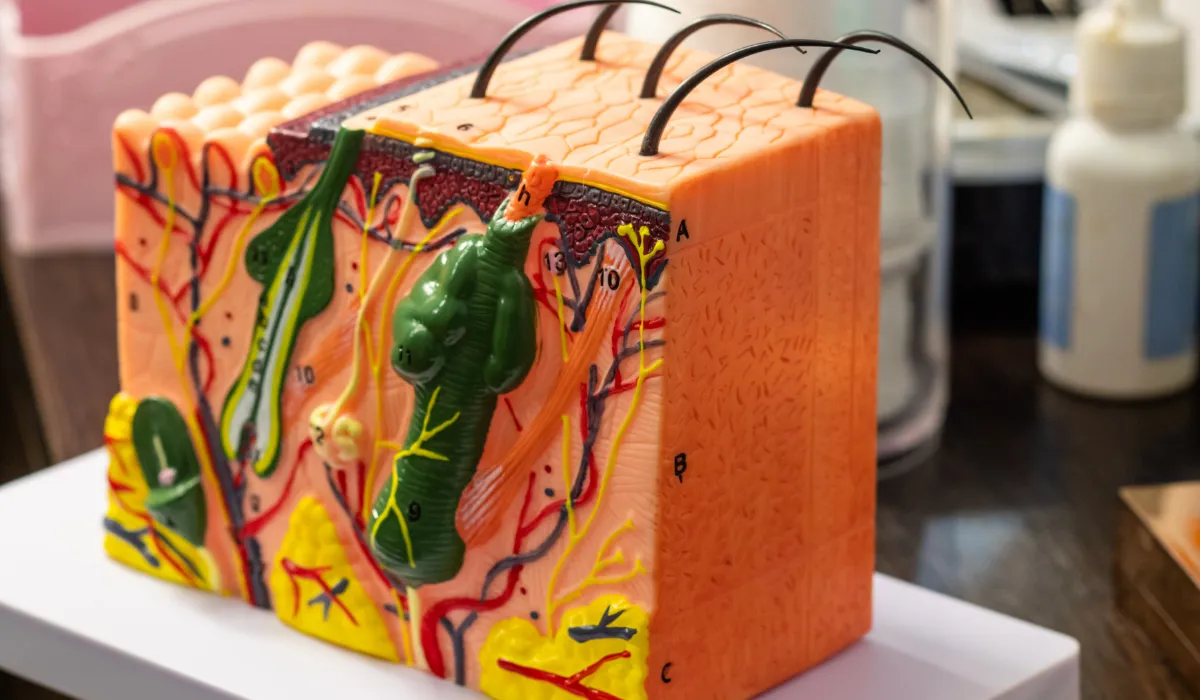
The Three Main Layers of Hair
Each strand of hair consists of three distinct layers, each playing a unique role in its overall function:
- Cuticle
The cuticle is the outermost layer, made up of overlapping cells resembling roof shingles. It acts as a protective shield, preventing damage from environmental factors like UV rays, pollutants, and harsh chemicals. A healthy cuticle ensures smooth, shiny hair, while a damaged cuticle leads to dryness and split ends. - Cortex
Beneath the cuticle lies the cortex, the thickest layer of the hair shaft. This layer contains melanin, the pigment responsible for hair color. The cortex also contributes to the hair’s strength and elasticity. Treatments like coloring or perming affect the cortex directly, altering its natural structure. - Medulla
The medulla is the innermost layer, consisting of a soft, spongy core. Not all hair types have a medulla; it is more common in thicker strands. While its exact function is still debated, it is believed to contribute to the hair’s overall volume.
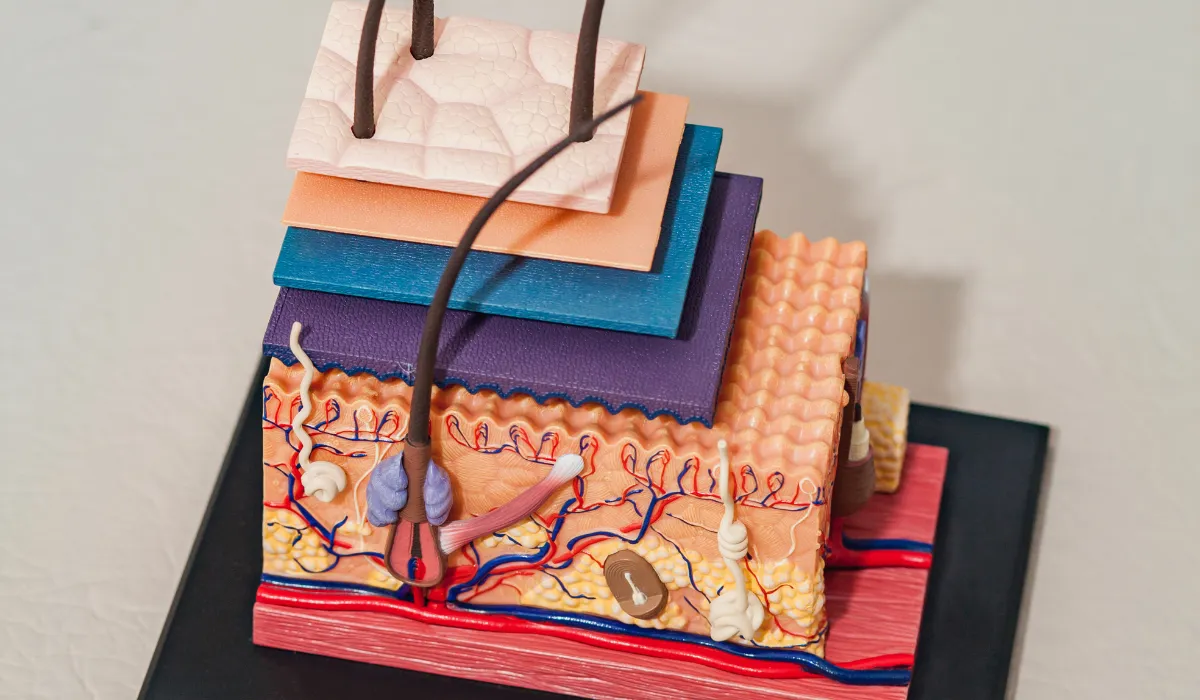
Hair Growth Cycle
Hair growth occurs in a cyclical process, divided into three main phases:
- Anagen Phase
This is the active growth phase, lasting 2-7 years depending on genetics and health. Approximately 85% of hair is in this stage at any given time. - Catagen Phase
This transitional phase lasts around 2 weeks. Hair follicles shrink, and growth slows down as the strand prepares to shed. - Telogen Phase
The resting phase, where the hair remains dormant for about 3 months before falling out. After shedding, the cycle begins anew with the growth of a fresh strand.
Factors Affecting Hair Structure
Several factors influence the health and integrity of hair structure:
- Diet and Nutrition
Nutrients like biotin, zinc, and omega-3 fatty acids are essential for maintaining strong, healthy hair. Deficiencies can lead to thinning and breakage. - Hair Care Practices
Excessive heat styling, chemical treatments, and poor-quality hair products can weaken the cuticle, making hair prone to damage. - Environmental Factors
Pollution, UV exposure, and changes in humidity can strip hair of its natural oils, affecting its texture and shine.

Maintaining Healthy Hair
To preserve the hair structure and vitality, it’s important to adopt a consistent care routine:
- Use sulfate-free shampoos to avoid stripping natural oils.
- Apply deep-conditioning treatments weekly to nourish the cortex.
- Minimize heat styling and always use a heat protectant.
- Protect your hair from sun exposure by wearing hats or using UV-protective sprays.

Understanding hair structure is key to maintaining its health and appearance. By focusing on the cuticle, cortex, and medulla, as well as the factors that influence growth and strength, you can take informed steps to nurture your hair. At Hair Center of Turkey, we are dedicated to helping you achieve optimal hair health through education and personalized care.
F.A.Q. (Frequently Asked Questions)



